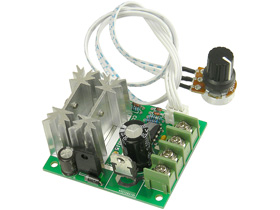I thought I would leave some comments on the motorizing aspect, my field of knowledge. I have a couple of wheelchair motors but if I used them it would be on my wheelchair, not some contraption.
A wheelchair motor will most likely be low voltage D-C. A variac run through a power supply isn't really the most practical solution. A 120 volt sewing machine motor could be made to work, but the required torque isn't there. A salvaged automotive windshield wiper motor could also work, and has seriously more torque. It is low voltage and has some internal gearing to slow it down as the torque goes through the roof. The bottom line is that a variac will only work for a 120 volt motor, like a sewing machine motor or an electric drill or other 120 volt series universal motor. Use on a low voltage motor risks it getting too much voltage, burning up the motor.
Bill Hudson
.


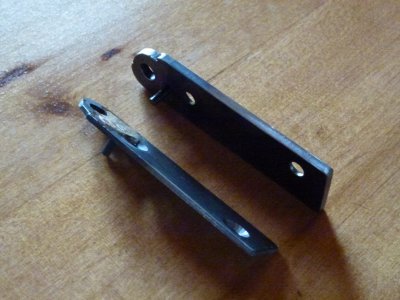
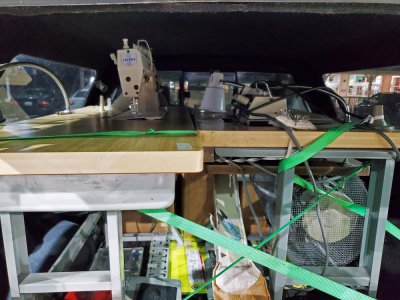
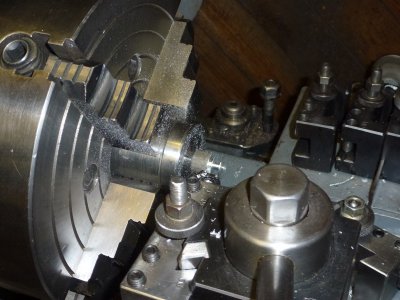
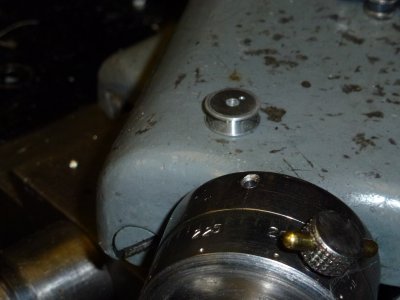
 ).
).